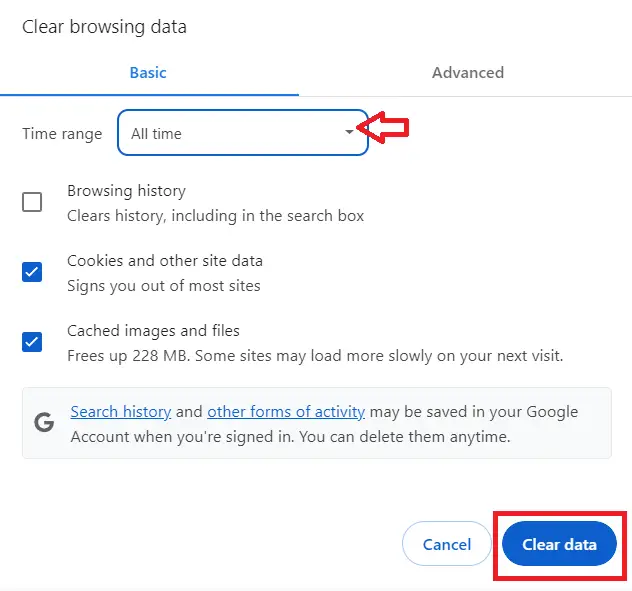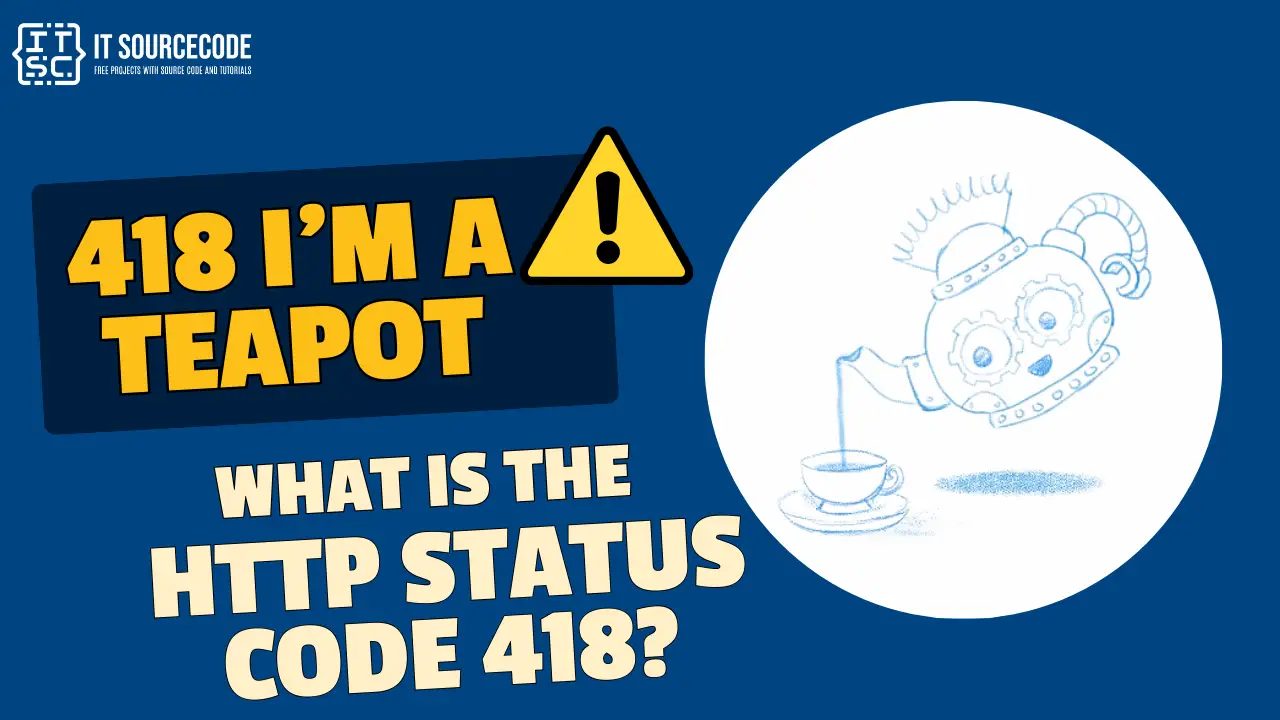What is 418 I’m a teapot?
The “HTTP 418 status code”, also known as the “418 I’m a Teapot” status code, is a unique HTTP response that signifies the server won’t brew coffee because it’s a teapot.
This peculiar error is associated with the Hyper Text Coffee Pot Control Protocol (HTCPCP), which was part of April Fools’ pranks in 1998 and 2014.
Some websites use this response for requests they don’t want to handle, such as automated queries.
For instance, some developers have used the 418 status code to indicate that a client has attempted to perform a function that the server isn’t designed to handle.
Furthermore, when a server responds with a 418 status code, it typically suggests that a developer or server manager has chosen to use it in a playful or non-standard way to indicate a problem that doesn’t fit into other HTTP status codes.
Root Causes of “418 I’m a Teapot” Error
The reasons behind the “418 I’m a Teapot” error can differ.
It was initially introduced as a joke and wasn’t meant to be used by real HTTP servers.
However, some developers use it humorously or incorrectly in their applications.
For example, some proxy servers appending a port value to requests for the NPM package registry led to HTTP requests that looked like registry.npmjs.org:443, instead of registry.npmjs.org.
The extra port 443 value confused the NPM registry’s servers, which then triggered the 418 error code.
How to fix the “418 I’m a Teapot” Error?
To resolve the “418 I’m a Teapot” error, you could do the following:
Solution 1: Investigate server issues
Look into your server error logs and error message or code to understand why Error 418 is being used.
Solution 2: Review API usage
Check the API documentation thoroughly and ensure you’re sending the correct requests.
Solution 3: Inspect application codes
Since Error 418 can be used humorously and intentionally in error handling logic in application codes, review your application codes.
Solution 4: Switch registry
If you’re using NPM and encountering an Error 418, it could indicate unexpected server behavior possibly due to server misconfiguration. The solution could be to switch your registry from http://registry.npmjs.org/ to https://registry.npmjs.org/.
Solution 5: Clear the browser’s cache and cookies
Try clearing your browser’s cache and cookies.
If you use Google Chrome, here’s how to clear its cache:
- Click the three dots in the top-right corner of your window. You can also use the keyboard shortcut (Ctrl + H).
- Go to History History.
- Click on Clear Browsing Data.

- A new window will appear. Choose the Time range, if you wish to erase all data, select All Time.

- Select what you’d like to clear- this could be browsing history, cookies, and other site data, or cached images and files.
- Then, hit the Clear Data button.
Solution 6: Test in different browsers
Test the website or application in different browsers to see if the issue persists.
Conclusion
We have discussed the HTTP 418 status code, known as “I’m a teapot,” which is primarily a form of web development jest.
However, its surprising occurrence can indicate an unusual scenario that requires attention.
Although it’s typically innocuous, its discovery can encourage developers to examine their code, settings, and API communications.
By implementing the solutions provided above, you can confidently address and resolve this issue.
For further learning, you can also check the following HTTP status code:

